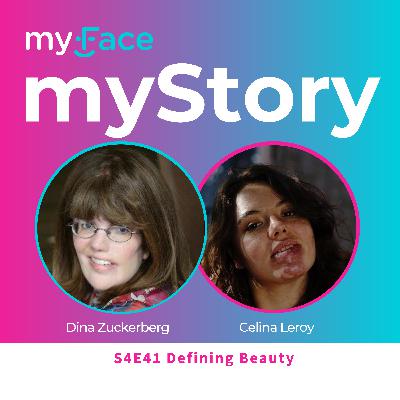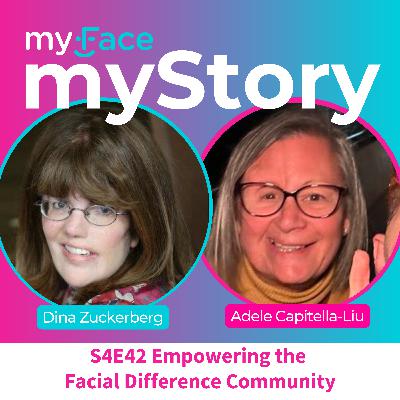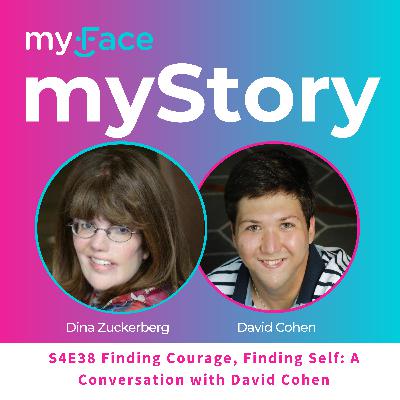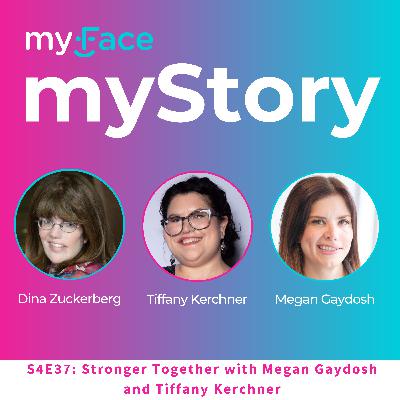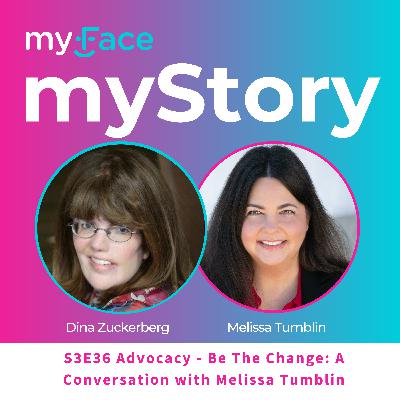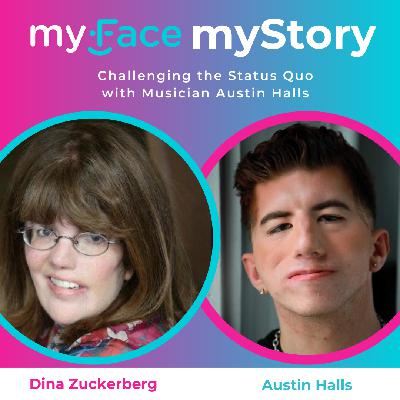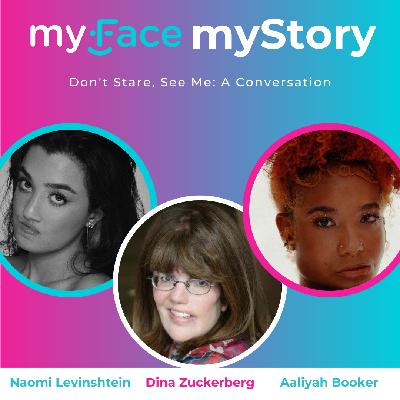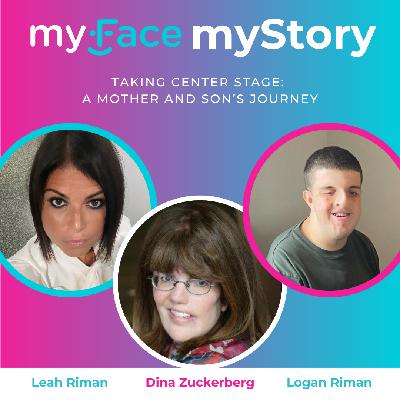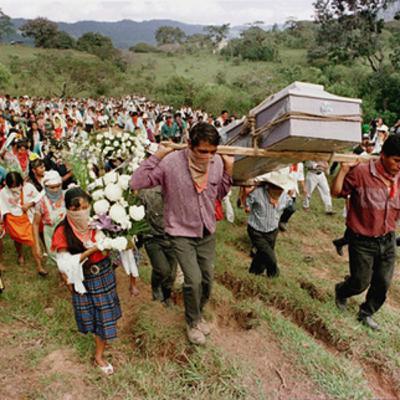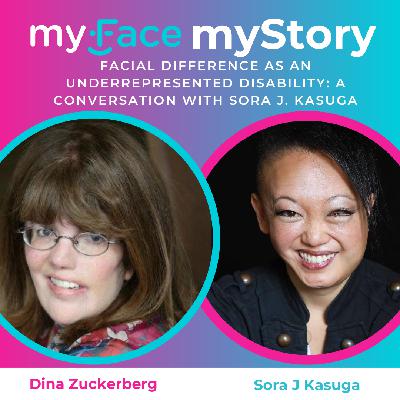Defining Beauty: A Conversation with Celina Leroy
Description
- [Announcer] Welcome to "myFace, myStory: "Voices from the Craniofacial Community" with your host, Dina Zuckerberg.
- Hello, and welcome to "myFace, myStory: "Voices from the Craniofacial Community." I'm Dina Zuckerberg, your host, and Director of Family Programs at myFace. Like many of you listening, I have a craniofacial difference. I was born with a cleft lip, a hearing loss, and no vision in my left eye. "MyFace, myStory" is about people like us being seen and heard, about sharing stories within the craniofacial community and with others. This podcast episode is made possible through support from the Integra Foundation committed to improving lives. By the way, whether you're watching on YouTube or listening through Apple Podcasts, click Subscribe Now and we'll keep you updated on future episodes so you never miss out. And if you're a fan of "myFace, myStory," please rate and review the program on Apple Podcasts so we can get a message of inclusivity and empowerment to more people. Today, I am joined by Celina Leroy. Celina is an artist, art teacher, and advocate. Born with a Port Wine Stain birthmark, Celina creates painted portraits of individuals born with craniofacial differences, including birthmarks, cleft lips and palates, Sturge-Weber syndrome, et cetera. She hopes that her work will shed light on this underrepresented group of people and end the stigma surrounding visible differences and disabilities. Along with each portrait, she gives a video interview of that person giving more context to their story and journey. Welcome, Celina. I really look forward to our conversation.
- I'm so excited to be here.
- Yeah. So can you share your personal journey growing up with a Port Wine Stain birthmark? And how did that experience shape who you are today?
- Yeah, I was born with a Port Wine Stain on my chin, lip, and cheek. When I was a baby, I had like so many laser treatments to kind of reduce the color of it and the size. Like throughout my life, probably had like 90 or so laser treatments.
- Wow.
- Yeah, and then I had two kind of major surgeries on my lip to like reduce the size, because it's kind of larger on one side. And like with Port Wine Stains, it's a progressive lesion, so it gets larger as you grow. As any kind of like adolescence age, it will grow more. So that's why I've had those surgeries. So when I grew up, I always felt like pretty ashamed of my birthmark and really felt like I was different because of that and it's something that I should hide. So I like immediately like started wearing makeup and just kind of trying to cover it and blend in with other people. And I was always in the back of my mind like afraid that someone would notice, someone would see it and like just think that I was ugly or think that something was wrong with me. And it was like kind of like sad. I always loved making art since I was a little kid. And I wanted to create portraits of people with birthmarks. After I started going on Facebook and finding like support groups for people with Port Wine Stains, and I was looking at all these people and I was like, "Oh my God, like actually Port Wine Stains "are so beautiful." "They're like this red color, "and they're all different and unique "and they're like maps of color on the face." And I was like, "I should make a portrait series about this." 'Cause so many people feel like they deal with the same thing, like feel like that they're like ugly or something, so I wanted to use art to be like, "No, actually you're beautiful "and like you're a masterpiece."
- Right, I love that. So I have a good friend who wrote a book about how she hid her difference for over 20 years, and then she came sort of out of hiding and how freeing that is. Was there a certain point in your life where you felt like you didn't have to hide anymore, that you could be who you are? Or maybe you still haven't quite gotten there, but I was just wondering.
- Yeah. Actually like really recently, I would wear makeup like all the time and like only in rare situations would I not wear makeup. But this school year, so I'm a teacher. And this school year, I didn't wear makeup like the first days of school and like throughout the year. So it's been literally like a month. Something about like the kids seeing me without makeup. 'Cause you know, kids are like, can be kind of ruthless. And I like want to be putting up like this front that I'm like a teacher, like professional. Like I don't want them to come at me saying like, "Oh, you look weird and you're like..." And I still have those negative thoughts in my head. Even though I do all this work to try to like not have those thoughts, I still have them. This month, I haven't been wearing makeup. And I actually just brought my students to my art show today.
- Amazing, I saw a video of it, yeah.
- And I was talking about my birthmark and stuff. And like they were so supportive and sweet and loving. And I was like, hmm, like I didn't have to be so always like going to the negative of like how people will perceive me.
- Yeah, it's hard to get rid of those negative thoughts, isn't it, especially when you have grown up with it somehow.
- Yeah.
- Yeah.
- I think in some ways, that is one of the biggest challenges. So can you describe the process of creating a portrait of someone with a facial difference? And how do you connect with the individual to capture their story?
- Yeah, so at first, I was just on Instagram, and I was like adding people and finding people. And then people would like request, like send me photos of themselves. And then I would paint them and talk to them and like post the process of making the painting. And they'd be so excited and it was like really great. And then I kind of like wanted to move on to like more serious work. So if the person lived in my area, like in New York, I would meet them and take their photo, and paint from that, and then also doing an interview with the painting. So like along with every painting, I'd put an interview. Because I think that it's important not only to see what they look like, but to hear their story and their journey. Because we're more than just our physical appearance. We're like a human that goes through so much. And it's interesting how like we're all so different but then have this like similarity of like looking different, and like feeling, and like just our journey to like self-acceptance. So yeah, I think that it's like really cathartic and nice. And like I get a lot from it like emotionally just like hearing everyone's stories and like connecting on that level.
- When did you know you were an artist?
- Oh, I grew up in a pretty creative family. Like my grandfather's an artist. Like my dad is like an antique dealer but went to art school. so everyone was like very encouraging of my art making. And then, because I was like pretty good at it at like a young age I guess, or I thought I was good at it... Everyone told me I was good at it, so then I was like, "Oh, this is my thing." So I like went to art school. I always loved drawing. And I always felt like, "Oh, that was like my talent," you know? So, that's fun.
- Yeah; no, you are incredibly talented. And yeah. So how do you choose the individuals you paint? And how do their personal stories influence your artistic process? Where do you find them? How do you choose them?
- Yeah. Well, a lot of it's just like, "Oh, I have an art show. "Like I need to meet people and like make it happen." Like and who's available and who's here. Some people, I think it's a process of... It's like a pretty big step for some people to put their face out there. Like, some people I've talked to and they wanna do it. But then somehow they flake and like they don't come through. I don't wanna be like, "Oh, you're flaking." But it's like, I think that it's hard for someone to really be vulnerable. And like I am asking a lot of them. So like putting their face out there and then also talking to me about their story, not everyone's like comfortable doing that. So the people that are, like feel like they're at that moment in their life and they're willing to talk about their birthmark or their facial difference, like being vulnerable, and they're in New York City. But I also started traveling and meeting people out like side of the country. So I took some pictures in LA when I went there in the spring. I went to France and England over the summer. And so I met up with people with birthmarks and took their photos. So hopefully, I'll be making paintings of them soon. Like it does take a while to make a painting. So there is like a kind of time delay with that. But I'm trying.
- So I had the pleasure and the honor of being photographed and then having you do my painting and interview, which is pretty amazing. You are so incredibly talented.
- Thank you. So I'm excited to see it. So I have to thank you. So as an art teacher, an advocate, what do you hope your students and followers learn from your advocacy work and your artistic creations?
- Yeah, like it was interesting like today bringing them, the kids, to the show. I was like very stressed out the whole time thinking that they were like not gonna be into it or they're like, "Oh, it's too long." Like all tho

